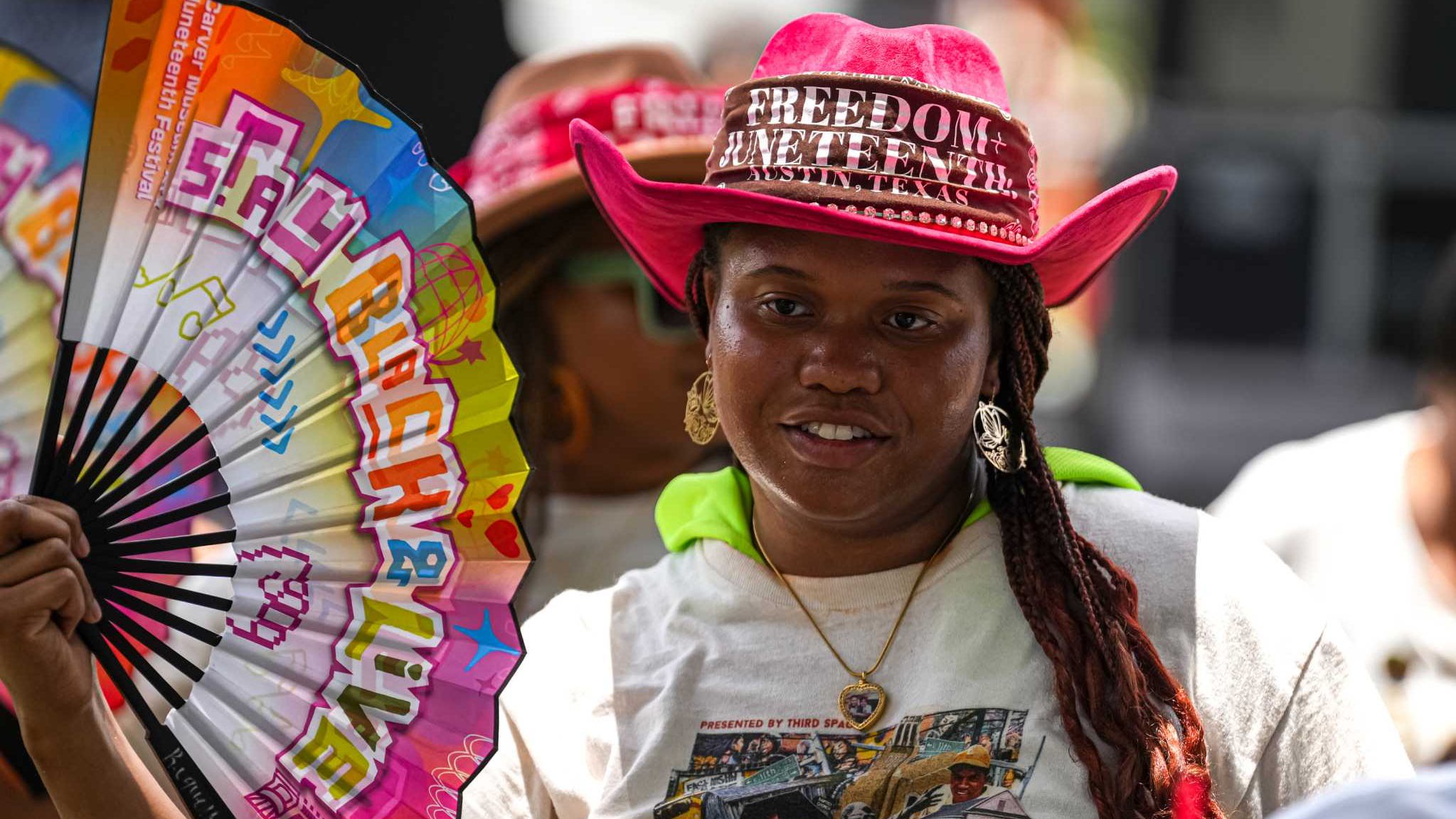news
Measuring heat in Texas can be challenging. Which of these methods work best for you?
We can measure the extreme Texas heat in multiple ways, but two new metrics are helping high schools develop a hot weather protocol for athletes.
Published July 23, 2025 at 2:41pm

Austin temperatures on Thursday are expected to hit 101 degrees, while the muggy air will make it feel more like 104.
We’ve all heard the saying, “It’s not the heat, it’s the humidity,” to describe the intense summer weather in Texas. But how can we accurately measure what it truly feels like outside in a state known for its extreme temperatures?
Although traditional metrics like temperature and heat index are still widely used, newer methods that focus on the risk for heat-related illnesses are gaining popularity, particularly in Texas schools and sports programs. Here are a few of the common ways we measure hot Texas weather:
Air temperatures
Temperature is a basic measure of how much heat energy something has. The sun, for example, radiates heat energy that sets air molecules into motion. Faster movement of air molecules produces a higher temperature, and slower movement results in lower temperatures. We use this metric because it’s relatively quick, easy and straightforward to measure.
In the United States, we measure temperature on a Fahrenheit scale where water freezes at 32 degrees and boils at 212 degrees. In Austin, average daily high temperatures reach their annual peak of 99 degrees in late July and early August.
Heat index
The heat index, also called the apparent temperature or “feels like” temperature, measures how air temperatures feel on the skin when factoring in humidity. This measurement, widely used since its development in 1979, takes into account how moisture-rich air can prevent effective evaporation of sweat from the skin, which is how the human body cools itself down.
This is also the measurement the National Weather Service uses as a basis to trigger heat alerts, including heat advisories and extreme heat warnings.
According to the weather service, heat index values are calculated for shady conditions with light winds, but direct sun exposure can increase these values by up to 15 degrees. In Austin, the highest heat index value ever recorded was 118 degrees with an actual air temperature of 103 degrees on June 21, 2023.
HeatRisk online tool
The HeatRisk tool, developed by the National Weather Service, assesses the public’s risk for heat-related illnesses and problems created by extreme heat, such as power outages. It considers daytime and nighttime temperatures, how unusual the heat is for the time of the year, the duration of the heat wave, and if temperatures pose a risk of heat-related issues, using data from the federal Centers for Disease Control and Prevention.
The weather service created this tool to help vulnerable populations take precautions, even when heat levels are below the agency’s own advisory thresholds. Those most at risk include young children, the elderly, outdoor workers, those exercising outdoors, people without access to cooling or hydration, and those unacclimated to the heat, such as newcomers to Texas and its extreme climate.
Wet bulb globe temperature
The wet bulb globe temperature is a lesser-known heat measurement, yet it is considered one of the most accurate in reflecting how our bodies respond to heat. This is because the WBGT accounts for not only heat and humidity, but also wind speeds, cloudiness and the sun’s angle in the sky. This tool is most useful for those who are active outdoors, such as construction workers and athletes. It has been used for decades by planners who need to ensure heat safety, like the U.S. military and marathon organizers.
The WBGT was even adopted by the University Interscholastic League, an organization established by the University of Texas to oversee athletic guidelines for Texas schools. Last year, the UIL released detailed temperature recommendations to help protect students from heat-related illnesses, like scheduling practices based on WBGT levels, setting ratios for workout time versus rest and hydration, and determining at what WBGT levels should activities be canceled.
PROTECTING STUDENT ATHLETES: Texas high schools use new hot temperatures protocol
No matter which heat measurement tool you rely on, practicing heat safety is essential during Texas summers. Here are some key tips:
- Stay hydrated: Drink plenty of water throughout the day, even if you’re not thirsty. Avoid caffeine and alcohol, which can dehydrate you.
- Avoid peak heat times: Stay indoors during the hottest parts of the day (usually mid-afternoon). If you must be outside, stick to early mornings or evenings.
- Dress for the heat: Wear lightweight, loose-fitting, breathable clothes — cotton is a good choice. Light colors reflect sunlight and help keep you cooler.
- Find shade: When outdoors, stay in the shade as much as possible. Use umbrellas, trees or canopies to shield yourself from direct sunlight.
- Cool down: Take cool showers or baths to lower your body temperature. Use fans or air conditioning to circulate air and cool your space.
- Never leave kids or pets in cars: A parked car can become dangerously hot in minutes — even with windows cracked. Never leave children or pets unattended, even briefly.

